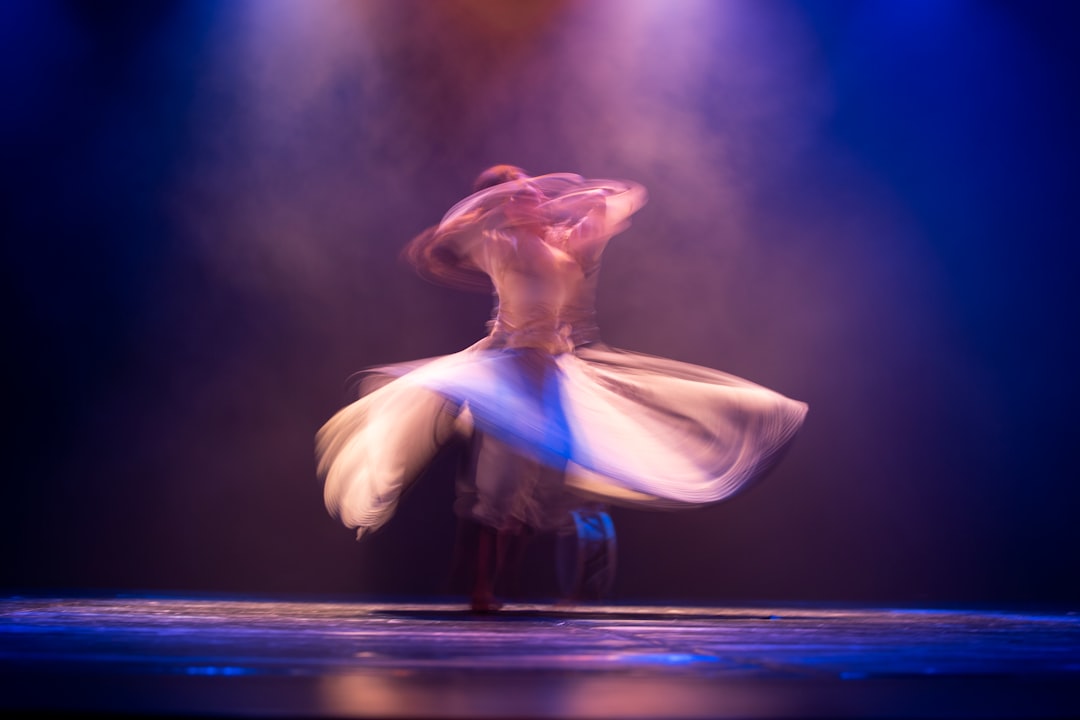The world of art has long been a reflection of society, with artists using their work to explore and express ideas and emotions that are relevant to the world around them. However, the art world itself has not always been a reflection of the diverse makeup of society. The impact of gender and race on the art world is a topic that has been hotly debated for decades, with many arguing that the art world has been historically dominated by white, male artists.
Gender and race have played a significant role in shaping the art world, from the artists who are given recognition and opportunities to the themes and subjects that are explored in their work. Historically, the art world has been male-dominated, with women often marginalized and excluded from the mainstream art scene. This has led to a lack of representation of women artists in major galleries and museums, as well as a lack of recognition for their contributions to the art world.
Similarly, artists of color have also faced discrimination and marginalization in the art world. Despite their rich and diverse cultural backgrounds, artists of color have often been overlooked in favor of white artists. This lack of representation has had a profound impact on the art world, shaping the way that certain cultures and perspectives are valued and celebrated in the art world.
The impact of gender and race on the art world is not just limited to the artists themselves, but also extends to the themes and subjects that are explored in their work. Women artists and artists of color often use their work to explore issues of identity, gender, race, and cultural heritage. Their work challenges traditional notions of beauty, power, and authority, and provides a voice for marginalized communities. By exploring these important topics and pushing boundaries, these artists are able to challenge the status quo and bring attention to important social issues.
Despite these challenges, there have been significant strides made in recent years to increase diversity and representation in the art world. Many galleries and museums are now making a conscious effort to showcase the work of women artists and artists of color, and there has been a growing awareness of the importance of supporting and promoting diverse voices in the art world.
One example of this is the rise of feminist art, which has gained mainstream recognition in recent years. Feminist artists use their work to challenge traditional gender roles and explore issues of equality and representation. Artists such as Judy Chicago, Cindy Sherman, and Kara Walker have become household names, breaking barriers and challenging the male-dominated art world.
Similarly, artists of color are also gaining recognition for their work, with many galleries and museums now showcasing the work of artists from diverse backgrounds. This increased visibility has helped to shine a spotlight on the rich cultural heritage and unique perspectives of artists of color, bringing attention to important social issues and challenging traditional notions of race and identity.
Despite these positive changes, there is still much work to be done to increase diversity and representation in the art world. Women artists and artists of color continue to face barriers in the art world, from lack of representation in major galleries and museums to unequal opportunities for recognition and success. It is crucial that we continue to support and promote diverse voices in the art world, in order to create a more inclusive and equitable art world for all artists.
In conclusion, the impact of gender and race on the art world is significant and far-reaching. Women artists and artists of color continue to face discrimination and marginalization in the art world, but there has been progress in recent years to increase diversity and representation. By supporting and promoting diverse voices in the art world, we can create a more inclusive and equitable art world that reflects the diverse makeup of society. It is important that we continue to challenge traditional notions of gender and race in the art world, in order to create a more just and inclusive society for all artists.

